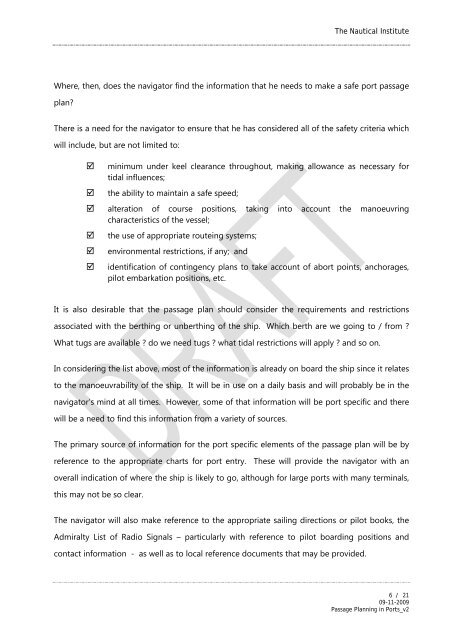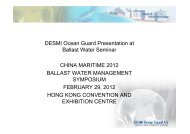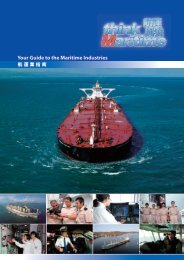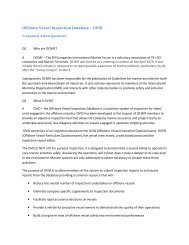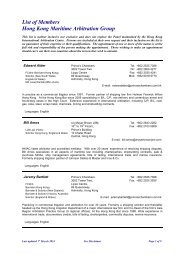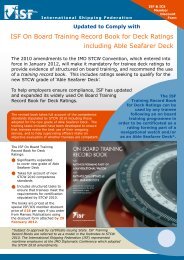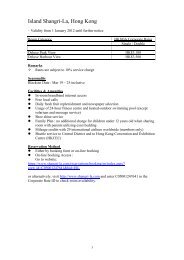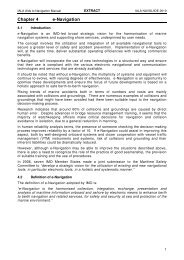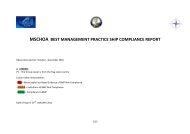PASSAGE PLANNING IN PORTS - A NAUTICAL INSTITUTE GUIDE ...
PASSAGE PLANNING IN PORTS - A NAUTICAL INSTITUTE GUIDE ...
PASSAGE PLANNING IN PORTS - A NAUTICAL INSTITUTE GUIDE ...
You also want an ePaper? Increase the reach of your titles
YUMPU automatically turns print PDFs into web optimized ePapers that Google loves.
The Nautical InstituteWhere, then, does the navigator find the information that he needs to make a safe port passageplan?There is a need for the navigator to ensure that he has considered all of the safety criteria whichwill include, but are not limited to:minimum under keel clearance throughout, making allowance as necessary fortidal influences;the ability to maintain a safe speed; alteration of course positions, taking into account the manoeuvringcharacteristics of the vessel;the use of appropriate routeing systems;environmental restrictions, if any; andidentification of contingency plans to take account of abort points, anchorages,pilot embarkation positions, etc.It is also desirable that the passage plan should consider the requirements and restrictionsassociated with the berthing or unberthing of the ship. Which berth are we going to / from ?What tugs are available ? do we need tugs ? what tidal restrictions will apply ? and so on.In considering the list above, most of the information is already on board the ship since it relatesto the manoeuvrability of the ship. It will be in use on a daily basis and will probably be in thenavigator’s mind at all times. However, some of that information will be port specific and therewill be a need to find this information from a variety of sources.The primary source of information for the port specific elements of the passage plan will be byreference to the appropriate charts for port entry. These will provide the navigator with anoverall indication of where the ship is likely to go, although for large ports with many terminals,this may not be so clear.The navigator will also make reference to the appropriate sailing directions or pilot books, theAdmiralty List of Radio Signals – particularly with reference to pilot boarding positions andcontact information - as well as to local reference documents that may be provided.6 / 2109-11-2009Passage Planning in Ports_v2


